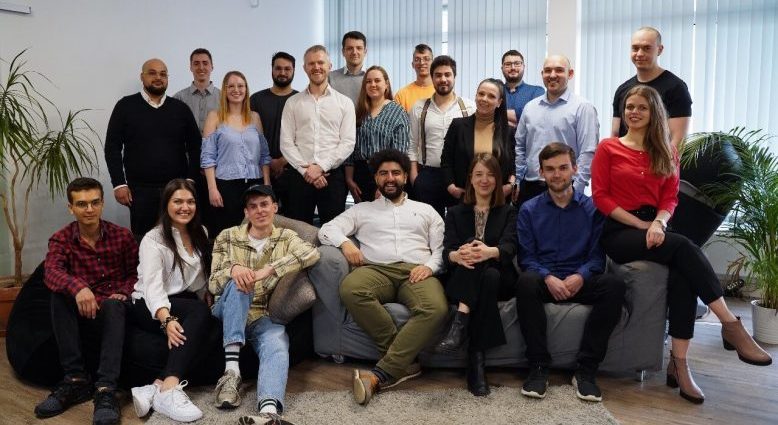Create an app – 6 steps to your own app
One of the biggest trends in the world of technology is the development of mobile apps. But how can you create an app? There are many benefits to having your own app for different devices, but it takes patience and dedication to create a great product that people will love!
Fortunately, some people have already managed to do this so that others can learn from their experiences. So this article covers a guide that can help you if you want to create an app.
Table of contents
- How to create a successful mobile app:
Step by step guide - 1. Strategy for creating an app
- 2. Analysis & planning of the app
- 3. UI/UX design for mobile apps
- Information architecture and workflows
- Create wireframes before the app
- Style guide for app creation
- Mockups of the app
- Prototypes
- 4. Create app via app development
- Prototypes, API, Front end of the mobile app
- App creation with code vs. without code
- 5. Testing after creating the app
- Usability tests
- Function test, Performance test, Security tests, Device and platform tests
- 6. Deployment & Support
- Conclusion
- How to create a successful mobile app:
How to create a successful mobile app: Step by step guide
Apps have become so mainstream that the number of apps available in the individual app stores is now very impressive. With over 2.5 million apps in the Google Play Store and around 1.85 million apps in Apple’s App Store, it’s clear that it takes a well-designed, powerful app to stand out from the competition. This raises complex questions:
- How do you program an app?
- What are the advantages of creating mobile applications?
- How do you create an Android app?
- What are the challenges of app development?
- What significance do mobile applications have for our lives, our careers or our business?
At the same time, the question arises as to whether it is possible to create a mobile app without learning programming? The answer to this question is a resounding yes. Nowadays, it is possible to create a mobile app without writing a single piece of code.
This has been made possible by new tools and technologies that have come onto the market in recent years. They have been developed to enable anyone with an idea for an application to realise it. Without any programming knowledge!
But no matter what technology you use, following proven processes will help accelerate success and reduce overall costs. It’s not just about saving time in development: If you do everything right from the start, there are numerous benefits!
When developing an enterprise mobile app, it’s important to have the right plan. For this reason, we recommend following the process below if you want to create your own app.
1. Strategy for creating an app
How do you create an app? The first step is to plan how you can turn your idea into an effective tool for many people.
This involves analysing the purpose of the app and determining who will use it. In addition, all other factors that may arise during the development process must be taken into account. These include, for example, the different goals of the users or the recommended strategies as part of the mobility strategy.
You need to take the time to invest in your vision in advance. It’s not enough to just have an idea, you also have to realise it.
- Identify your users
- Identify competitors
- Set goals for success
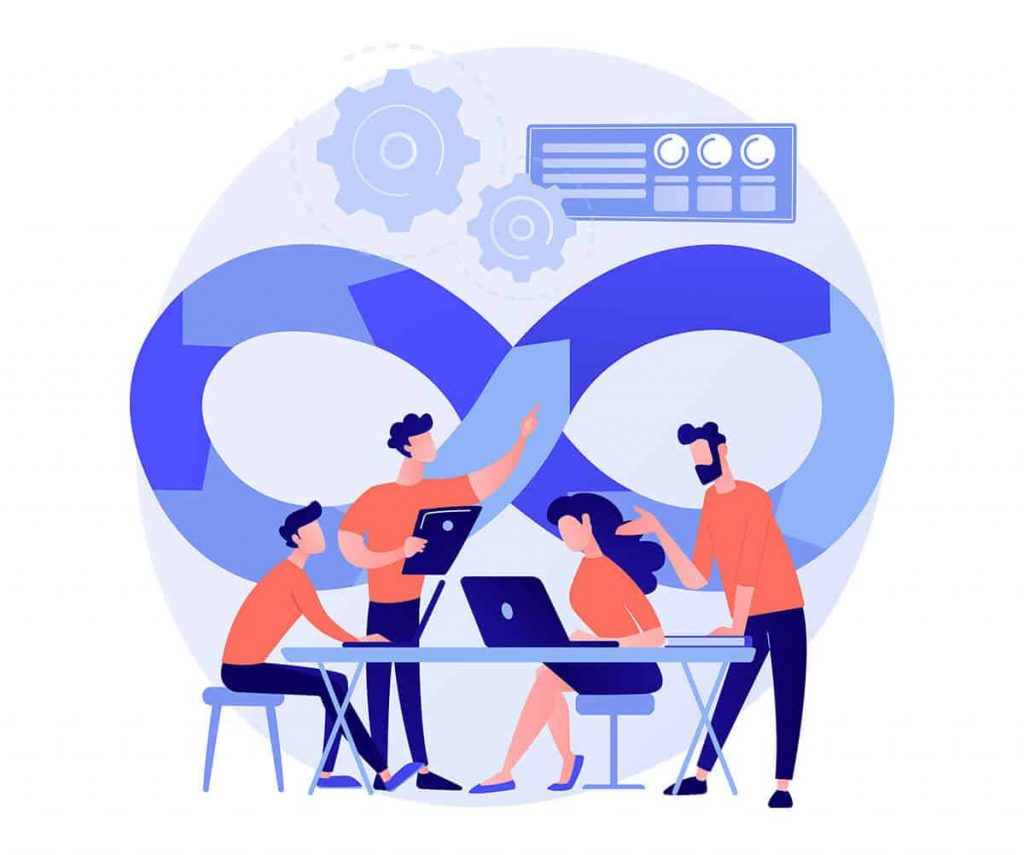
Having clarity about the strategy helps us to select the platform that is best suited to our purposes. It also allows us to move into phase 2 with the knowledge once finalised. So how we can most effectively achieve user adoption by being selective along the way!
2. Analysis & planning of the app
Once you have determined the requirements for your app, create a product roadmap for the development. Logically, you do this before you create the app so that you don’t have any unanswered questions during the actual development.
In this roadmap, you should prioritise and define what needs to be done first and when this should be done. You should also group all tasks into milestones based on how much time is left until completion.
If you are running out of time, resources or money, but still want to get your product to market as quickly and cost-effectively as possible in order to get feedback for subsequent iterations, you should determine what is absolutely necessary in your MVP.
In this way, you can save a lot of development costs for future versions and at the same time collect valuable information from real users at an early stage.

Part of the planning phase involves identifying the capabilities needed for the development initiative. Identification can start with thinking about the target operating systems – iOS or Android.
The mobile platforms iOS and Android are different, so developers have to specialise in one or both operating systems. Depending on what goals they hope to achieve.
If your company wants to create a mobile app for multiple operating systems, it’s important to have at least one developer who has experience with each platform and understands the specific programming languages and design considerations.
Also, have you already chosen a name for your app? You’ll need a unique name, so make sure it’s not already in use!
3. UI/UX design for mobile apps
The design of the app should serve only one purpose, namely to offer the best user experience.
The success of your mobile app does not depend on how eye-catching the design is, but on whether users accept and benefit from all the functions.
Therefore, you need to create a great user experience that makes your application both interactive and customisable, as well as simple enough to use yet informative enough to keep users engaged.
A well-designed mobile app is more than just a pretty design – it needs to be user-friendly and interactive.
Outstanding UI/UX designers create an intuitive, simple experience for users by combining simplicity and interactivity.
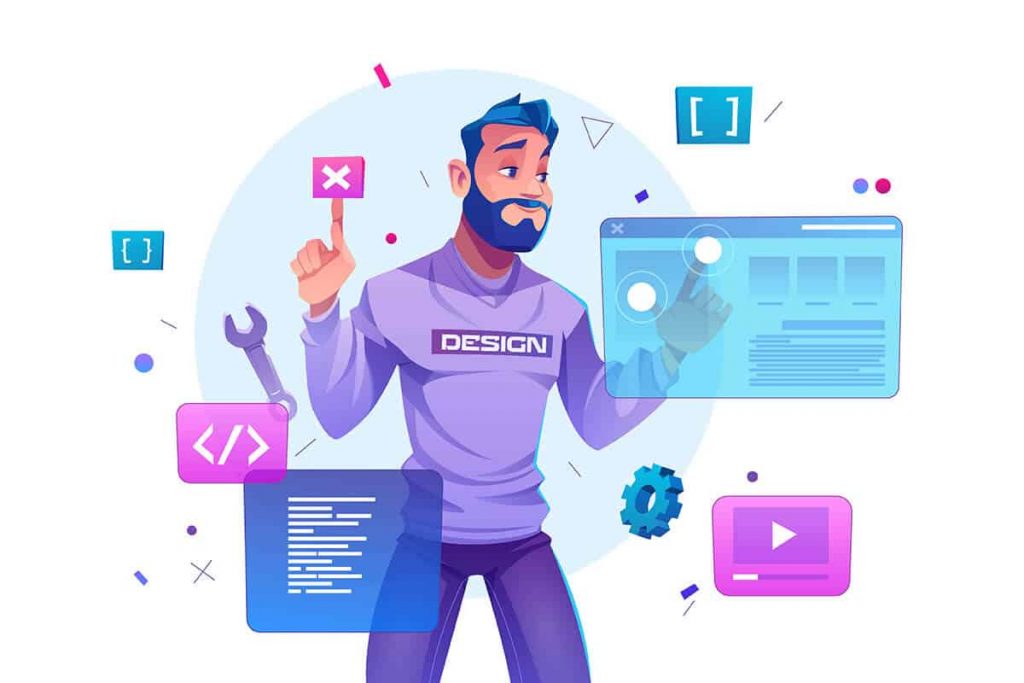
Information architecture and workflows
Creating a mobile app is like building a complicated 3D puzzle, where many different components come together to form the finished product.
The first step of this process is to figure out what data your app needs to function properly for its users. This can be as simple or as complex as you want it to be.
Companies face a major challenge when it comes to app development: they have several employees with different access rights and privileges.
That’s exactly what mobile business solutions are for! Workflow diagrams help to identify every possible interaction of a user with the app and show how this person navigates through the app.
Create wireframes before the app
Mobile application designers often begin their work with sketches on paper. This is the earliest form of an idea that a designer has, and it is what begins to concretise the conceptual layout for your future mobile application design.
Wireframes are digital sketches that give the functional requirements a visual structure. In this way, something aesthetic can be created while retaining the core functionality. They are also known as low-fidelity mockups because colour schemes don’t play a role here!
Designing wireframes is a quick and cost-effective way to design app layouts and revise them as part of the design review process. This allows you to quickly explore your ideas and create intuitive user experiences that are device-specific (whether it’s an iPhone or Android device).
If you want to create an application layout for an iPad or iPod Touch, you should use this technique! Wireframing allows you to get early feedback on what goes where without having to do too much work up front. It also allows you to make changes without compromising the original purpose.
Style guide for app creation
Style guides are the perfect place to document all of your company’s design standards. From branding guidelines to navigation through an app.
How should the design of your app reflect the company’s brand?
Should it be a trendy font or an antique font that reflects traditional values, or should we choose something more modern and contemporary to show how progressive we are as a company?
The decision is up to you.
The design of a mobile application is not just about functionality, but also about the appearance of your product.
Establishing a style guide early on as part of your mobile app development process improves developer productivity, while adhering to guidelines helps maintain the visual consistency of an app.
Consider these two key players: Apple iOS App Designs or Google Android App Design, who offer different advice to ensure you can create an attractive yet functional product that meets the needs of customers on their devices!
Mockups of the app
Mockups are the final renderings of the visual design of an app. They are created when you apply your style guide to wireframes. Changes to the information architecture, workflow or aesthetics may be necessary when further developing your app.
Adobe Photoshop is often used to create faithful mockups because designers can easily make changes that are reflected in all other work with the programme without having to create a completely new file each time. This saves both time and energy!
Prototypes
Prototypes are a dynamic and interactive way to demonstrate the functionality of your application, especially to simulate the user experience.
Invision and Figma offer tools that make it easy to create prototypes to show how an application will feel once it is launched.
Prototyping allows you to visualise your application as early as the development phase. This means that in later phases, if unforeseen problems or errors require changes, these can be made without affecting other areas of the project too much. Prototyping is therefore always worthwhile!
4. Create app via app development
It can be difficult to choose the right development tools for your mobile app. Before you start creating the app, take a look at these three parts:
- The backend or server technology: What type of database will support your data?
- And finally, how does each one work with the design strategy of the front end of your app.
- API(s) and other integration points that may need to be connected via a network.
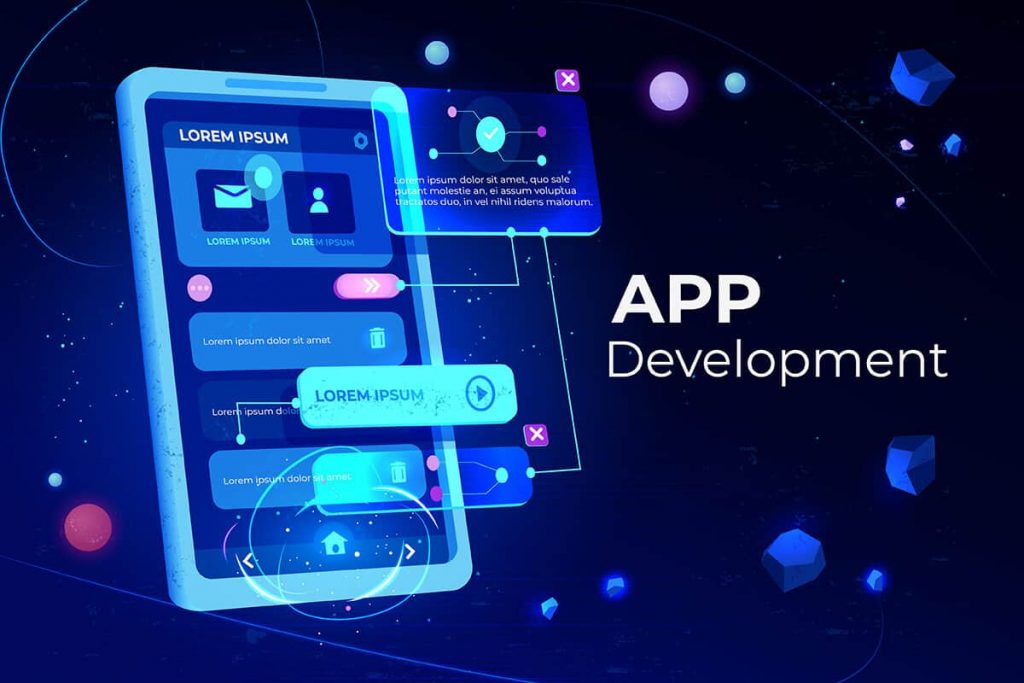
Prototypes
By using server-side objects and databases, your mobile application is sure to be a success. If you are using an existing backend platform, changes may need to be made to support the desired functionality of your mobile application.
API
API – Application Programming Interface is the communication method between the backend server and the application.
Front end of the mobile app
Many mobile applications consist of interactive user experiences. They use an API and a backend for data management. However, some may also include local storage so that users can work without internet access.
You can also use almost any web programming language and all databases for the backend. For native mobile apps, you need to choose a technology stack that is required for the respective operating system platform. For example, iOS with Objective-C or Swift. Android uses Java or Kotlin. The key to creating an app is choosing the best technology stack for your mobile app.
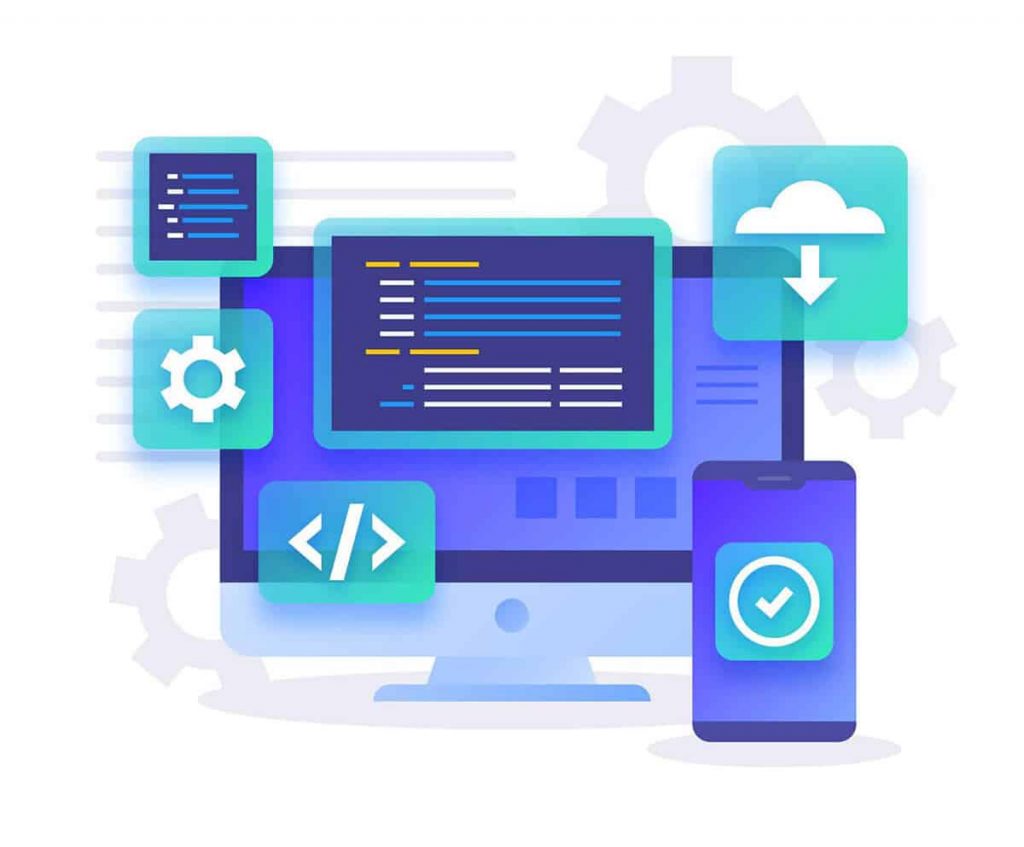
The mobility not only of people, but also of the devices they use in all areas of life to communicate and exchange information with each other is a constantly changing trend.
Mobile technologies are developing much faster, new versions or mobile platforms are being released at breakneck speed and new models are constantly coming onto the market.
When it comes to developing apps for these constantly evolving software systems that need to be updated like clockwork, agility is key. This means companies are ready when consumers need them.
App creation with code vs. without code
Thanks to the proliferation of app development platforms, you don’t need to be a programmer to create an app for your business. All you need is a little creativity.
So if you’re an up-and-coming startup or in charge of IT for a small business, you may be looking for a quick and easy way to create apps that meet your specific business needs.
Fortunately, there are some excellent free no-code app development platforms for this purpose. They speed up the process of creating business applications with drag-and-drop interfaces and pre-built components without you having to code.
To make it even easier to create applications without programming knowledge, several free and open source development platforms can be used:
- Appery.io
- Bubble
- AppMachine
- AppMakr
- Andromo
- AppsGeyser
- GameSalad
When it comes to programming, there are many ways to create an app. There are various programming languages that can be used to create an app. There are separate programming languages for web development, the development of game engines and for mobile apps.
There are also many platforms that simplify the app development process by abstracting some of the programming (e.g. embedding Javascript in HTML files). While it can’t be said that there is a perfect platform, some are better suited to what you want to create than others:
- Godot
- Unity
- CryEngine
- Amazon Lumberyard
Some platforms are free to use, while others require payment. All of the platforms mentioned above offer both paid and unpaid levels.
However, it should be noted that additional users may incur costs as soon as an app exceeds the number of users of the unpaid plan. The individual platforms differ significantly in terms of their functionality, options and the scope of use cases.
It is up to you to decide which platform best suits your needs.
5. Testing after creating the app
When you create a mobile app, it is important to start with quality assurance.
Without thorough QA testing during the development process, your application will not be stable, usable and secure.
One way to ensure comprehensive QA testing for your app is to prepare test cases that cover all aspects of the app’s functionality. This way you can ensure that every aspect has been thoroughly tested before you release the app for public use.
As with all great software, a lot of detail and precision goes into the development. If the process starts as just an idea in your head or on paper, you need to make sure everything is done right from the start before moving on so things don’t get too complicated or convoluted later.
One way to achieve this in mobile app development for smartphones is through test cases, which are used at every stage of development to ensure quality throughout the lifecycle. Not only during testing, but also by involving your QA team early on in the analysis design stages where there will be crucial feedback.
These tests are important:
Usability tests
One of the most important aspects of mobile app testing is to ensure that the final version is what you designed it to be.
The visuals, workflow and interactivity are things that give users a first impression when they use an app. Make sure these parts of your design match by using consistent fonts, style treatments, color schemes or padding between data to create a cohesive experience for the user.
Function test
You can’t predict every scenario, but the functionality of the mobile app is crucial.
There are many reasons why you should choose a wide range of testers. Among other things, the fact that the probability of errors increases if two people achieve different results when testing.
For example, both users could be entering data into the same form, but one user is entering more characters than the other. This means that some functions are not working as they should, and it would be difficult to detect this with just one tester!
So there is no better way around this problem than to use as many potential test subjects as possible.
The sole purpose is to see if the applications are working as they should. It could be divided into two further parts: System Testing (app as a whole) and Unit Testing (individual functions).
Performance test
There are many areas to consider in performance tests:
- Loading the screen
- Response time
- Size of the application
- Bandwidth usage
Performance testing is also an important part of development. It is important to simulate how many people are using the program you are developing at any given time to ensure that it does not crash or experience other problems related to overload, even under high load.
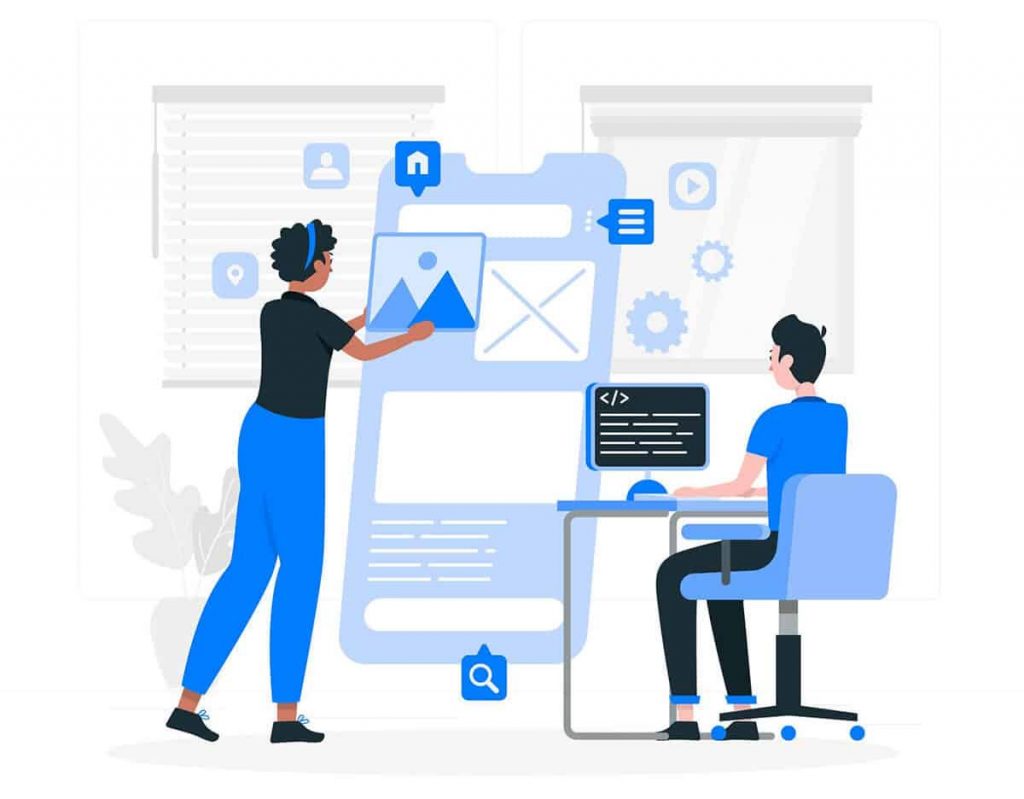
Security tests
As more and more employees use smartphones for work, security is becoming an important issue.
Apps are particularly vulnerable to hackers if they have not been developed with security in mind from the outset.
Companies often hire external agencies to thoroughly test their applications before releasing them into the wild!
As your QA team will confirm, it is possible to take some measures during development that will make an app much more secure than if you take these measures later.
With today’s technology, designing a mobile application can be a challenge. User sessions should not last longer than 10 minutes on the device and backend to avoid potential security risks.
If your system stores users’ login credentials so they don’t have to log in again to access their accounts, you need to make sure that this data is protected by trusted services that make it as secure as possible from third parties accessing personal information such as passwords or credit card numbers.
Device and platform tests
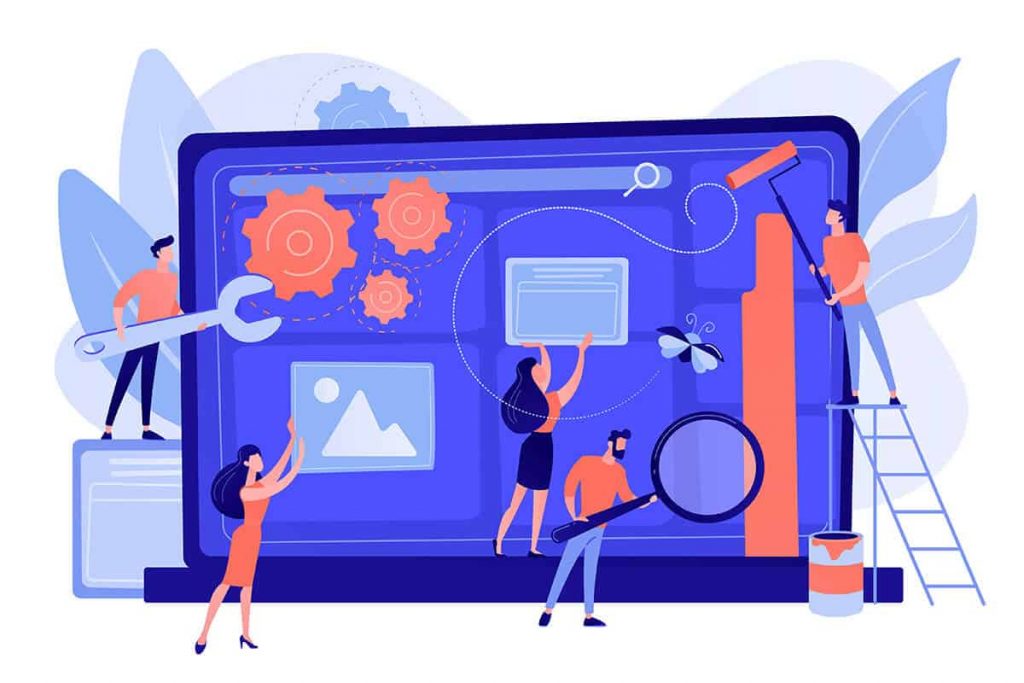
Unlike web apps, where you can update the release of patches immediately, the mobile app must go through the same review process as the original submission. Therefore, it is important to keep up to date with the app’s progress and encourage consumers to provide feedback.
The world of mobile devices is constantly changing. With new products being launched every 12 months, as well as firmware and operating system updates, it can be difficult to keep up with all the changes that happen every day.
Several manufacturers use Android for their software, but they customize it depending on what customers want from a device, such as Samsung’s Galaxy phones or LG’s flagship G-series phones, which come in different sizes.
Apple has a more controlled environment because they have control over the operating system and the hardware. But they have a large number of devices on the market. Here lies the difference between app development and web testing. Web testing can easily be done on a Windows Chrome. But the smooth functioning of an app is a completely different story, it should be tested on multiple devices to ensure smooth functioning.
In today’s technology-driven world, it’s no surprise that companies are developing their enterprise mobile applications for a specific platform.
The number of different devices and operating systems available to consumers has increased exponentially over the last ten years. However, this approach can also have some drawbacks. Different platforms may have different features or UI elements that can change the way an app works on each type of device.
There are also challenges in terms of testing and ongoing maintenance costs, as well as problems with managing multiple operating systems from different manufacturers (who often offer competing hardware).
Testing is a very important part of app creation and a comprehensive testing strategy is very important.
6. Deployment & Support
You need a developer account before you can publish your app in the Apple Store or Google Play Store.
The publication of an app in the App Store requires the preparation of metadata, including:
- The title of your app
- Description
- Category
- Keywords
- Start symbol
- Screenshots for the App Store
After submitting the app, it may take a few days for it to be processed by the respective store, depending on how closely your app complies with the guidelines of said store.
Once the app has been approved and uploaded, monitor usage through analytics platforms and track KPIs to measure the app’s success. Reviewing crash reports and errors is also important.
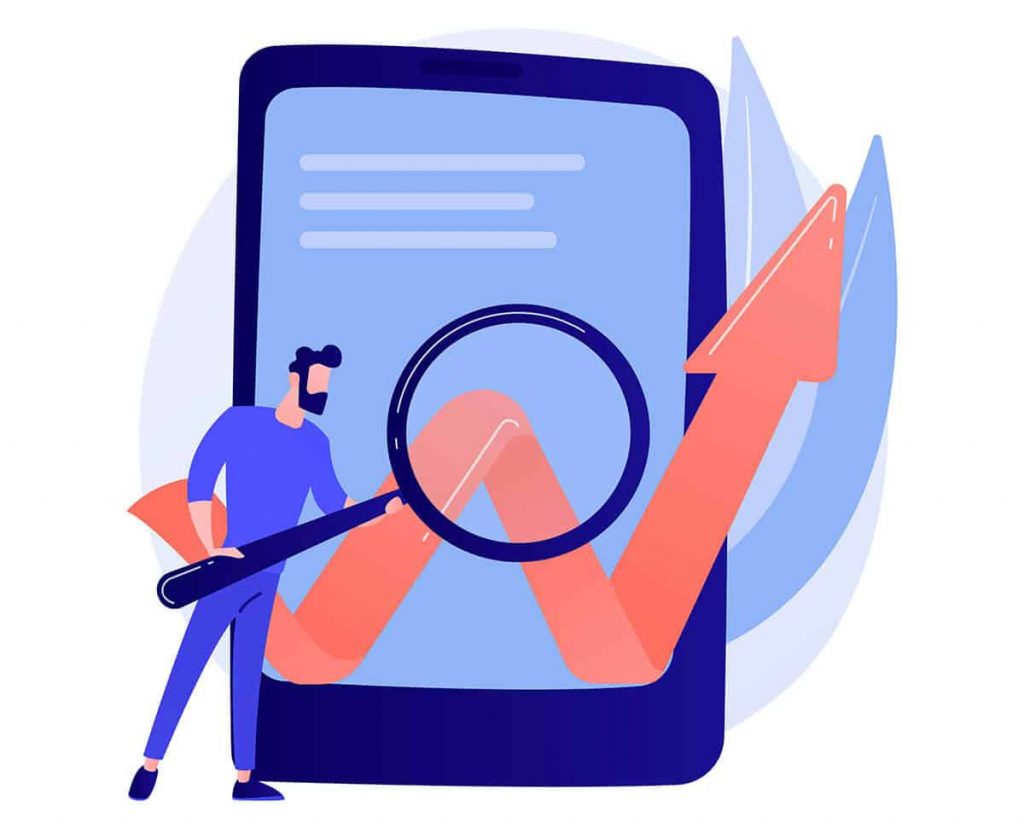
Conclusion
As soon as you create an app, a never-ending process begins. It doesn’t end after the first submission, because you receive user feedback and build on it.
If your company does not have the necessary resources, you should consider outsourcing. Companies like Platri IT offer their services for web or software development and more and are your partner for mobile app development.
Over the years, Platri has taken on the development of mobile apps for various companies.
If you have the necessary resources (developers) who know how to create an app, then following these steps will ensure the successful launch of the app.

Do you have questions about app development?
You can reach us from Monday to Friday between 9:00 am and 5:30 pm. We look forward to hear from you!
info@platri.de
Phone
0234 497 014 47
Do you have any further questions about our article, this topic or app development costs at Platri IT? Then please get in touch with us. If you are interested in a job at Platri IT, we look forward to your visit to our career portal. We look forward to hearing from you!
